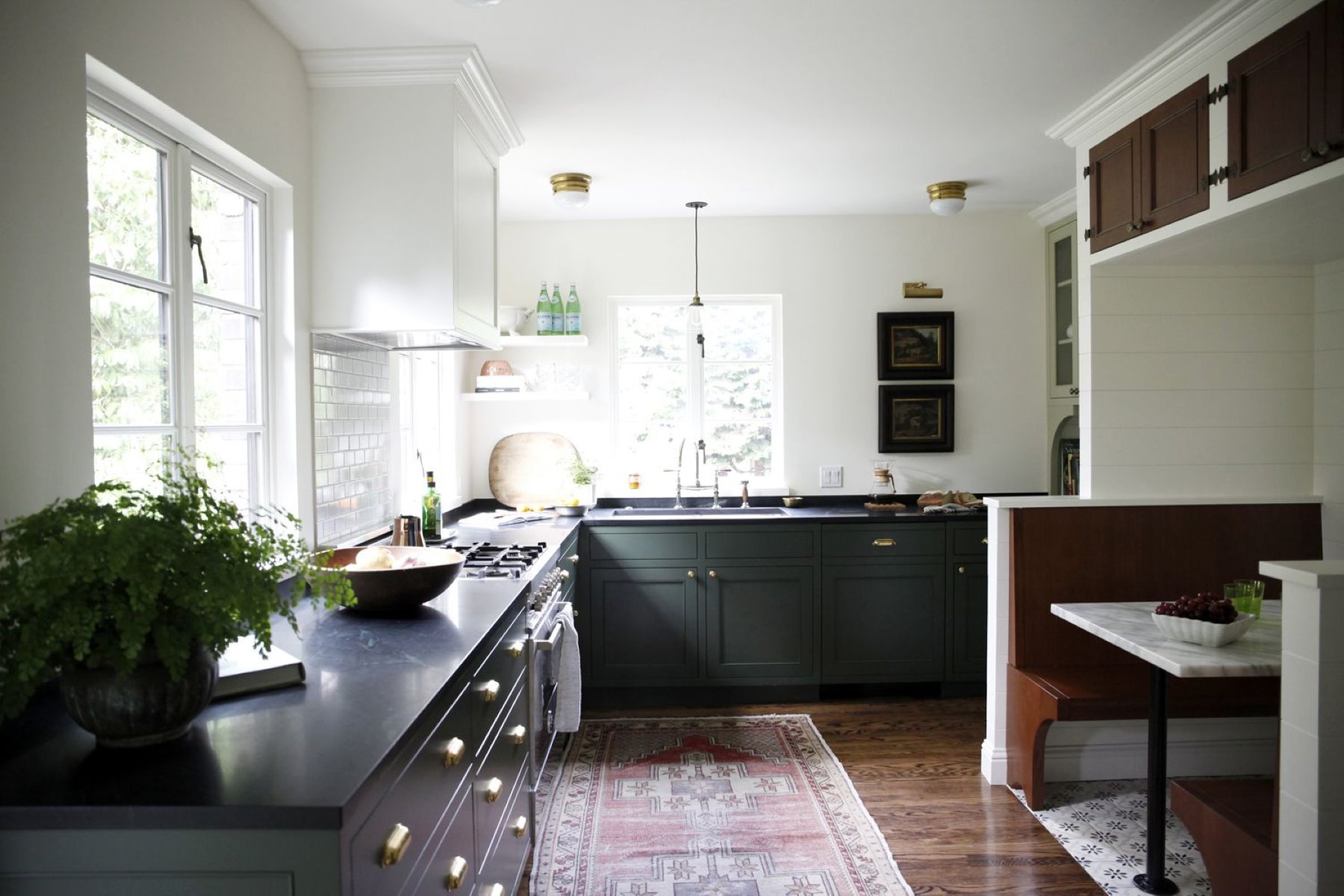

Articles
How To Place Kitchen Rugs
Modified: January 20, 2024
Learn how to properly place kitchen rugs in your home with our informative articles. Discover the best tips and tricks for adding style and functionality to your kitchen.
(Many of the links in this article redirect to a specific reviewed product. Your purchase of these products through affiliate links helps to generate commission for Storables.com, at no extra cost. Learn more)
html
Introduction
Kitchen rugs are an often overlooked accessory when it comes to designing and decorating a kitchen. However, these versatile and functional pieces can play a significant role in adding warmth, comfort, and visual appeal to your culinary space. While the primary purpose of a kitchen rug is to protect your floors, it can also serve as a stylish accent that ties the room together.
In this article, we will explore the various benefits of using kitchen rugs, as well as provide practical tips on how to choose the right size, select the best material, consider design and style options, and determine the ideal placement for your kitchen rug. We will also discuss essential tips for maintaining and caring for your kitchen rug to ensure its longevity.
html
Key Takeaways:
- Elevate your kitchen with a stylish and functional rug that adds comfort, protection, and visual appeal. Choose the right size, material, design, and placement to create a cozy and inviting culinary space.
- Maintain the beauty and longevity of your kitchen rug with regular cleaning, proper placement, and thoughtful care. Enjoy the benefits of comfort, noise reduction, and defined zones while adding a touch of personality to your kitchen.
Read more: How To Hold Rugs In Place
Benefits of Kitchen Rugs
Kitchen rugs offer a multitude of benefits that go beyond just adding aesthetics to your kitchen. Let’s take a look at some of the advantages:
- Comfort: Standing on a hard kitchen floor for extended periods can be uncomfortable and cause fatigue. Kitchen rugs provide a cushioned surface that reduces strain on your feet and legs, making meal preparation and cleanup more enjoyable.
- Protection: Kitchen rugs act as a barrier between your floor and potential damage. They can help prevent scratches, stains, and wear from high-traffic areas, such as near the sink or stove.
- Noise Reduction: The clattering of pots and pans or the sound of footsteps can be amplified in a kitchen. By placing a rug, you can help absorb some of the noise, creating a calmer and more serene environment.
- Insulation: In colder months, kitchen floors can feel chilly. A rug acts as an insulator, providing an extra layer of warmth underfoot while reducing heat loss from the floor.
- Visual Appeal: Kitchen rugs come in a wide range of designs, colors, and patterns, allowing you to add a touch of personality and style to your kitchen. Whether you prefer a modern, rustic, or eclectic look, there’s a rug to complement your aesthetic.
- Defined Zones: In open-plan kitchens, rugs can be used to delineate specific areas. For example, you can place a rug under your dining table to create a distinct eating area or use a runner rug to define a pathway between kitchen sections.
- Easy Maintenance: Many kitchen rugs are made from durable materials that are easy to clean and maintain. Regular vacuuming and spot cleaning can help keep your rug looking fresh and free from dirt and debris.
With these benefits in mind, it’s clear that incorporating a kitchen rug into your design not only enhances the overall look of your kitchen but also contributes to your comfort and convenience while performing daily kitchen tasks.
html
Choosing the Right Size
Choosing the right size for your kitchen rug is essential to ensure a harmonious balance with the space and furniture. Here are some guidelines to help you select the appropriate size:
- Consider the Layout: Evaluate the layout of your kitchen and identify the areas that would benefit from a rug. Common locations include in front of the sink, stove, or main workspace.
- Measure the Space: Measure the dimensions of the designated area to determine the ideal rug size. Remember to account for any obstacles like cabinets or islands.
- Allow for Clearance: Leave a few inches of floor space exposed on all sides of the rug to create a visually pleasing frame and prevent the rug from interfering with the surrounding furniture.
- Consider Shape: Determine whether a rectangular, square, round, or runner-shaped rug would best suit your chosen area. Rectangular and square rugs are versatile and suitable for most kitchen layouts.
- Anchor the Furniture: If you plan to place the rug underneath kitchen tables or islands, ensure it is large enough to accommodate the furniture’s legs while allowing ample room for chairs to be pulled out without catching on the edges of the rug.
- Multiple Rugs: In larger kitchens or open-concept spaces, consider using multiple rugs to define different functional zones while maintaining visual cohesion.
Remember, the size of the rug you choose can significantly impact the overall visual proportion of the kitchen. A rug that is too small can make the space feel disjointed, while a rug that is too large might overwhelm the room. Take the time to carefully measure and visualize how the rug will fit within the kitchen layout to achieve the desired effect.
html
Selecting the Best Material
Choosing the right material for your kitchen rug is crucial as it determines its durability, ease of maintenance, and overall functionality. Here are some popular materials to consider:
- Nylon: Nylon rugs are known for their durability and resistance to stains and wear and tear. They are easy to clean and maintain, making them ideal for high-traffic kitchen areas.
- Polypropylene: Similar to nylon, polypropylene rugs are highly durable and resistant to stains, making them an excellent choice for kitchens. They are also fade-resistant and can withstand exposure to sunlight.
- Cotton: Cotton rugs offer a soft and comfortable feel underfoot. They are less durable compared to synthetic materials but are easy to clean and can add a cozy touch to the kitchen.
- Wool: Wool rugs are known for their excellent insulation properties, providing warmth and comfort. They are also naturally stain-resistant and durable, making them suitable for kitchen use.
- Jute: Jute rugs add a natural and eco-friendly touch to the kitchen. They are durable, but they require extra care as they are more prone to staining and can be challenging to clean.
- Vinyl: Vinyl rugs are water-resistant, making them an excellent choice for kitchens prone to spills and moisture. They are also easy to clean and maintain, with a wide range of designs available.
Consider your lifestyle, kitchen activities, and desired level of maintenance when selecting the material for your kitchen rug. If you have children or pets, opt for materials that are more resistant to stains and easy to clean. Additionally, choose materials that can withstand spills and provide comfort for extended periods spent in the kitchen.
It’s also essential to choose a rug with a slip-resistant backing or use a rug pad to prevent accidents in the kitchen, especially in areas prone to moisture or near the sink.
html
When placing kitchen rugs, make sure they are slip-resistant and easy to clean. Place them in high-traffic areas like in front of the sink or stove to provide cushioning and prevent slipping.
Design and Style Options
The design and style of your kitchen rug can significantly impact the overall aesthetic of your kitchen. Here are some options to consider:
- Color: Choose a rug color that complements or contrasts with your kitchen’s existing color scheme. Consider the overall ambiance you want to create – whether it’s a vibrant pop of color or a more neutral tone to create a cohesive look.
- Pattern: Explore various patterns, such as geometric, floral, or striped designs, to add visual interest to your kitchen. Keep in mind that large patterns may make the rug a focal point, while smaller patterns can create a subtle texture.
- Texture: Consider the texture of the rug, such as shag, flatweave, or braided, to add depth and dimension to your kitchen. Textured rugs can offer a cozy and inviting feel while also hiding dirt and stains.
- Shape: Play with different rug shapes to create visual interest. Options include rectangular, square, round, or runner-shaped rugs. Choose a shape that complements the layout of your kitchen and suits your personal style.
- Theme: If you have a specific theme in your kitchen, consider a rug that complements it. For example, a rustic farmhouse-style kitchen may benefit from a vintage-inspired or natural fiber rug, while a modern kitchen might pair well with a sleek and minimalist design.
- Layering: Consider layering rugs to add depth and texture to your kitchen. For example, place a smaller patterned rug on top of a larger neutral rug for a stylish and dynamic look.
Don’t be afraid to get creative and experiment with different design and style options for your kitchen rug. It can be a fun and versatile accessory that allows you to personalize and elevate the overall look of your culinary space.
html
Read more: How To Place Bathroom Rugs
Placement Options
The placement of your kitchen rug can significantly impact the overall functionality and aesthetics of your space. Here are some placement options to consider:
- In Front of the Sink: Placing a rug in front of the sink can provide a soft and comfortable surface while doing dishes. Opt for a durable and water-resistant material to handle any potential splashes or spills.
- By the Stove: A rug near the stove can offer cushioning and insulation while cooking. Consider a fire-resistant material such as wool or synthetic fibers for safety.
- Under the Dining Table: If your kitchen has a dining area, consider placing a rug under the table to define the space and add comfort for seated meals. Ensure the rug is large enough to accommodate the table and chairs when pulled out.
- Runner Rug: A runner rug can be placed in narrow spaces, such as between kitchen islands and cabinets, to create a visually appealing pathway and protect the floor from wear and tear.
- Open-Concept Kitchens: In open-concept kitchens, use rugs to define different functional zones. For example, place a rug in the cooking area and another rug under the seating or dining area to create distinct spaces.
- Accentuate Focal Points: Use a rug to draw attention to specific kitchen features, such as a kitchen island or a decorative area. Choose a rug that complements the colors and style of the focal point.
- Wall-to-Wall Rugs: If you have a large kitchen or an expansive floor space, consider covering the entire area with a wall-to-wall rug for a cohesive and luxurious look.
When placing a rug in your kitchen, ensure it lies flat and remains secure to prevent slips and trips. Consider using rug grippers or double-sided tape to keep the rug in place. Additionally, regularly rearrange the rug to evenly distribute foot traffic and prevent excessive wear in specific areas.
Ultimately, the placement of your kitchen rug should enhance both the practicality and visual appeal of your space, creating a comfortable and inviting atmosphere for your culinary adventures.
html
Tips for Proper Maintenance
Maintaining your kitchen rug is essential to ensure its longevity and keep it looking fresh and clean. Here are some tips for proper maintenance:
- Vacuum Regularly: Regular vacuuming helps remove dirt, dust, and debris from the rug’s fibers. Use a vacuum with a brush attachment to effectively clean both the surface and the deeper layers.
- Spot Cleaning: Immediately attend to spills or stains on your rug. Blot the area with a clean cloth or paper towel to absorb the liquid. Avoid scrubbing, as it may push the stain deeper into the fibers. Use a mild detergent and warm water to treat the stained area, and gently blot until the stain is lifted.
- Dry Thoroughly: After cleaning, ensure the rug is completely dry to prevent mold and mildew growth. Hang the rug or place it in a well-ventilated area, away from direct sunlight or heat sources.
- Rotate the Rug: Regularly rotate your kitchen rug to distribute foot traffic and prevent it from wearing down in specific areas. This helps to maintain its appearance and extend its lifespan.
- Protect from Sunlight: Prolonged exposure to direct sunlight can cause fading and damage to your rug. Consider using curtains or blinds to minimize the rug’s exposure to UV rays, especially if it is in a sunlit area of your kitchen.
- Professional Cleaning: For deep cleaning, consider having your kitchen rug professionally cleaned. Professional cleaners have the expertise and equipment to remove embedded dirt and stains effectively while restoring the rug’s beauty.
- Use Rug Pads: Place a rug pad underneath your kitchen rug to provide extra cushioning, prevent slippage, and protect your floor from potential scratches. Rug pads also help promote air circulation, which prevents moisture buildup and extends the life of your rug.
Always refer to the manufacturer’s instructions for specific cleaning and maintenance recommendations for your kitchen rug. Following these tips will help keep your rug in excellent condition, allowing you to enjoy its beauty and functionality for years to come.
html
Conclusion
Kitchen rugs are not only functional but also have the power to transform the look and feel of your culinary space. From providing comfort and protection to adding a stylish touch, these versatile accessories offer a range of benefits. By choosing the right size, material, design, and placement, you can elevate your kitchen’s aesthetic while enhancing practicality and comfort.
Remember to consider the layout of your kitchen, measure the designated area, and leave appropriate clearance when selecting the size and shape of your rug. Choose a material that suits your lifestyle, whether it’s a durable synthetic fiber or a cozy natural material like wool or cotton. Play with colors, patterns, and textures to match your kitchen’s style and create visual interest.
Proper maintenance is vital for preserving the appearance and longevity of your kitchen rug. Vacuum regularly, spot clean spills immediately, and rotate the rug periodically to distribute wear. Use rug pads to add cushioning and prevent slippage, and consider professional cleaning for deep maintenance.
By following these guidelines and tips, you can enjoy the many benefits that kitchen rugs offer, including comfort, protection, noise reduction, and visual appeal. So go ahead, choose the perfect kitchen rug, and transform your culinary space into a cozy and stylish haven.
Frequently Asked Questions about How To Place Kitchen Rugs
Was this page helpful?
At Storables.com, we guarantee accurate and reliable information. Our content, validated by Expert Board Contributors, is crafted following stringent Editorial Policies. We're committed to providing you with well-researched, expert-backed insights for all your informational needs.
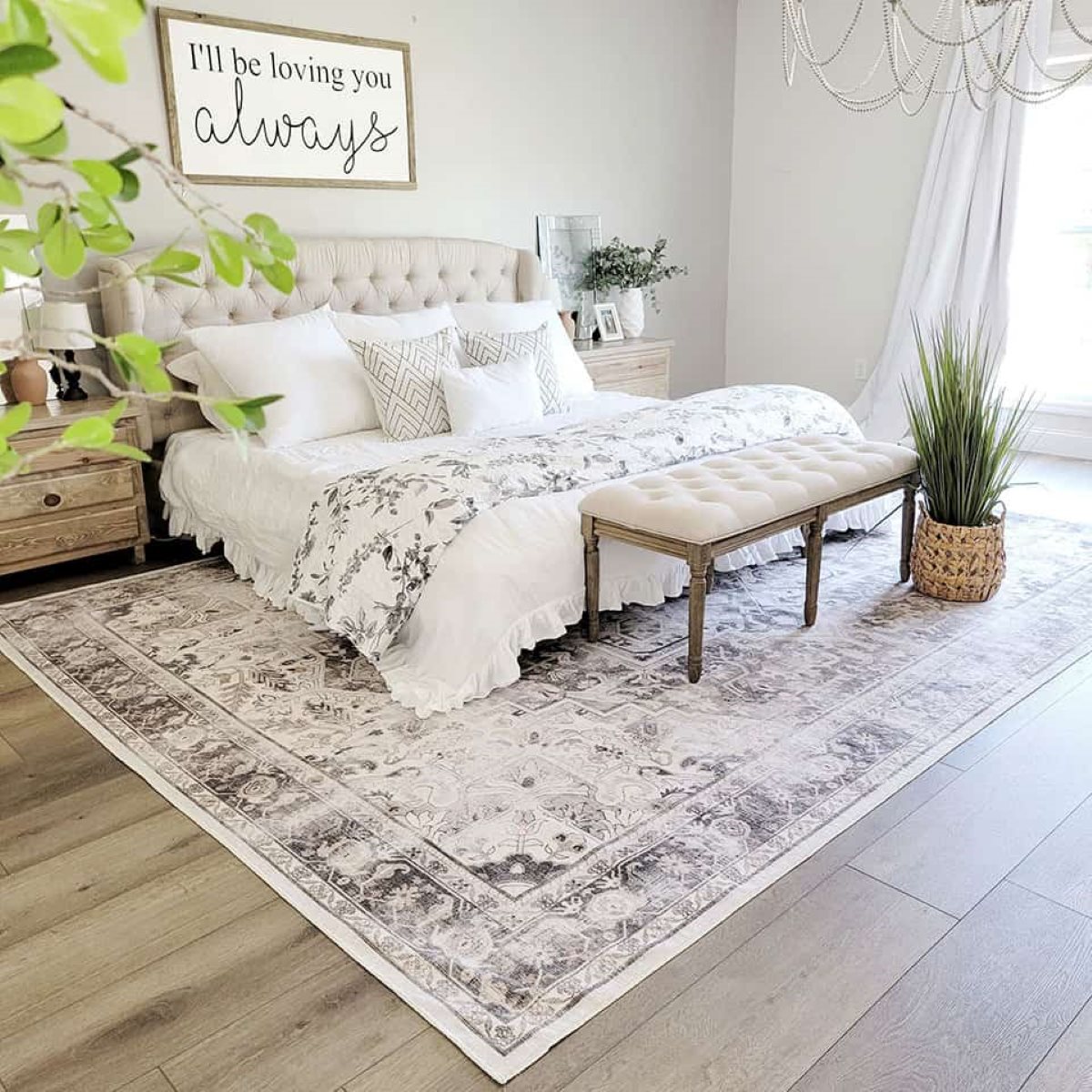

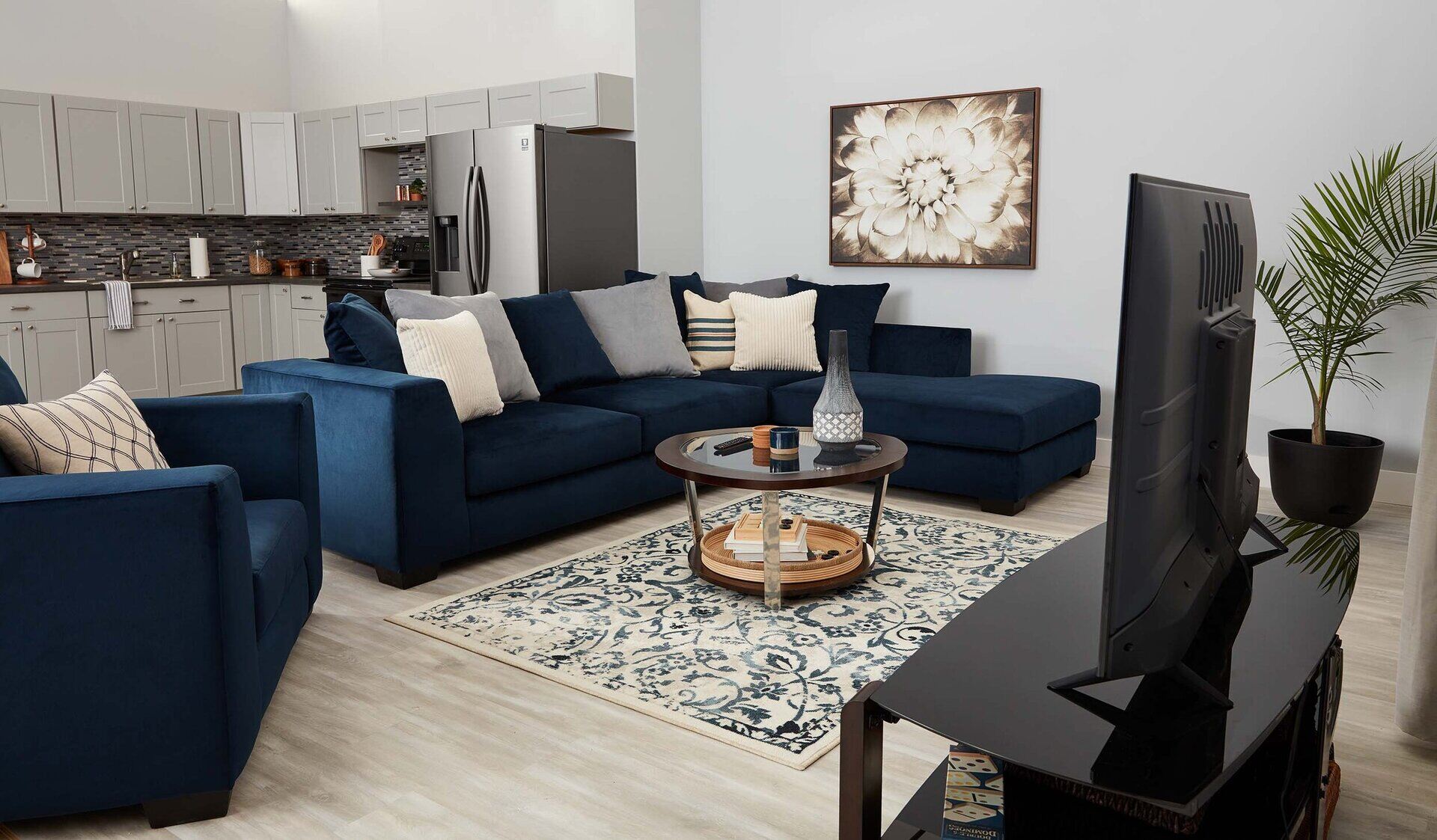

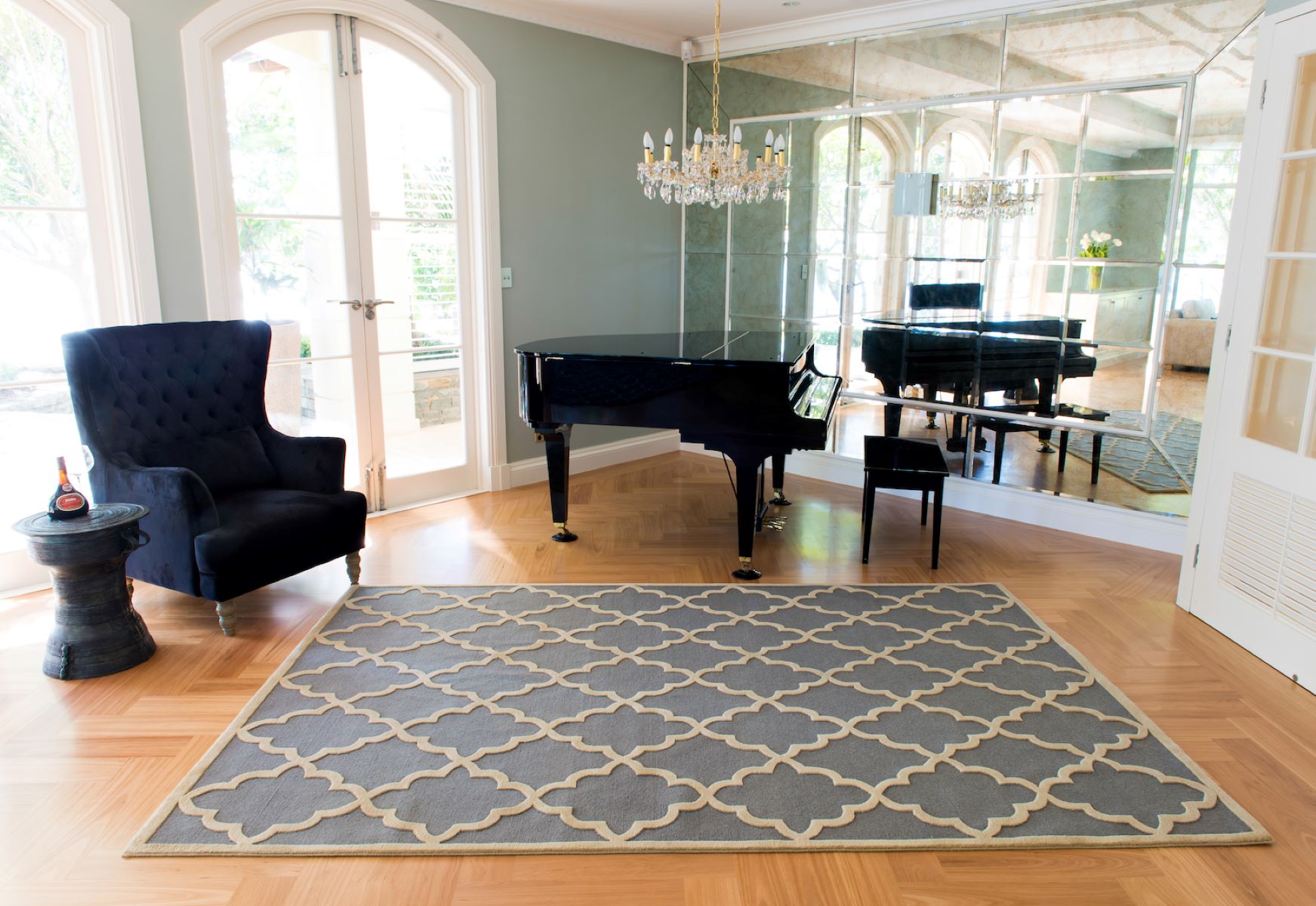

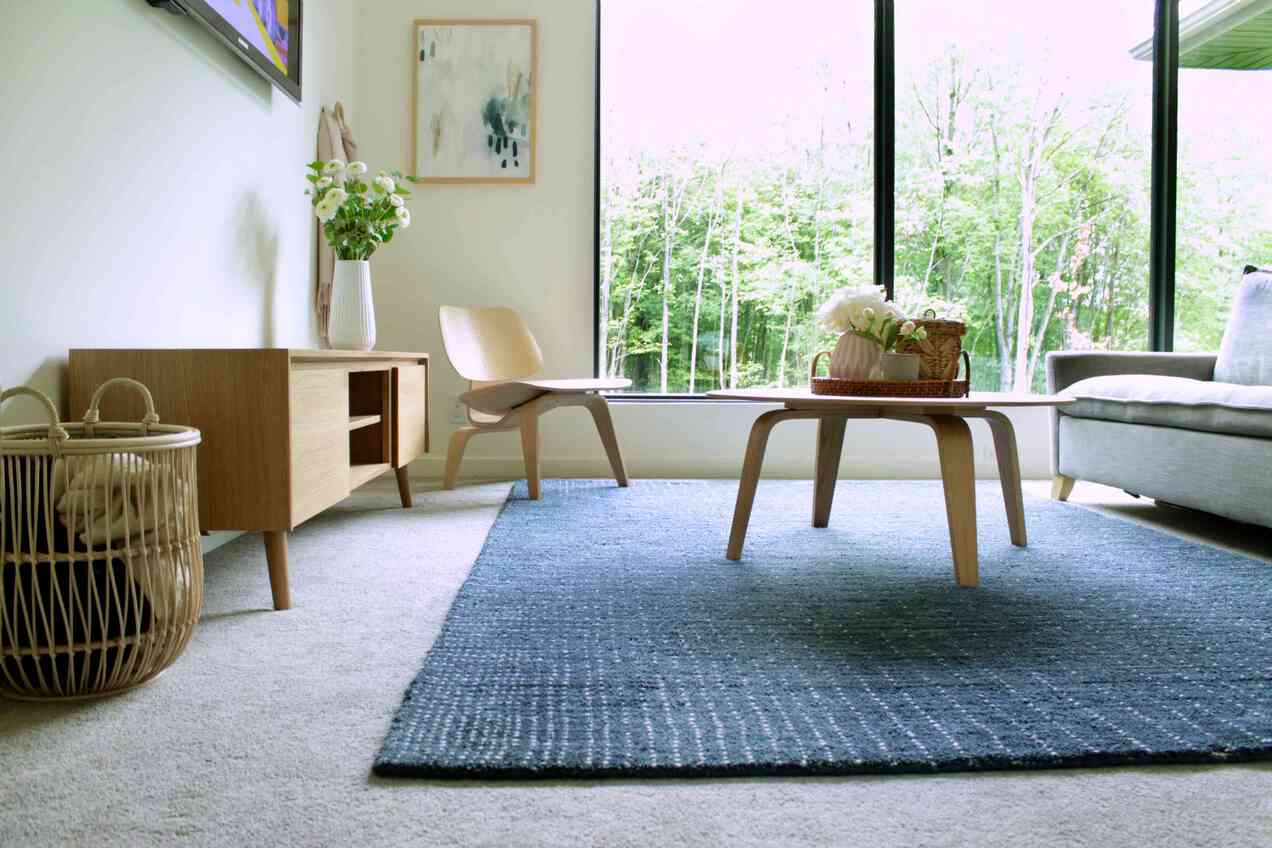
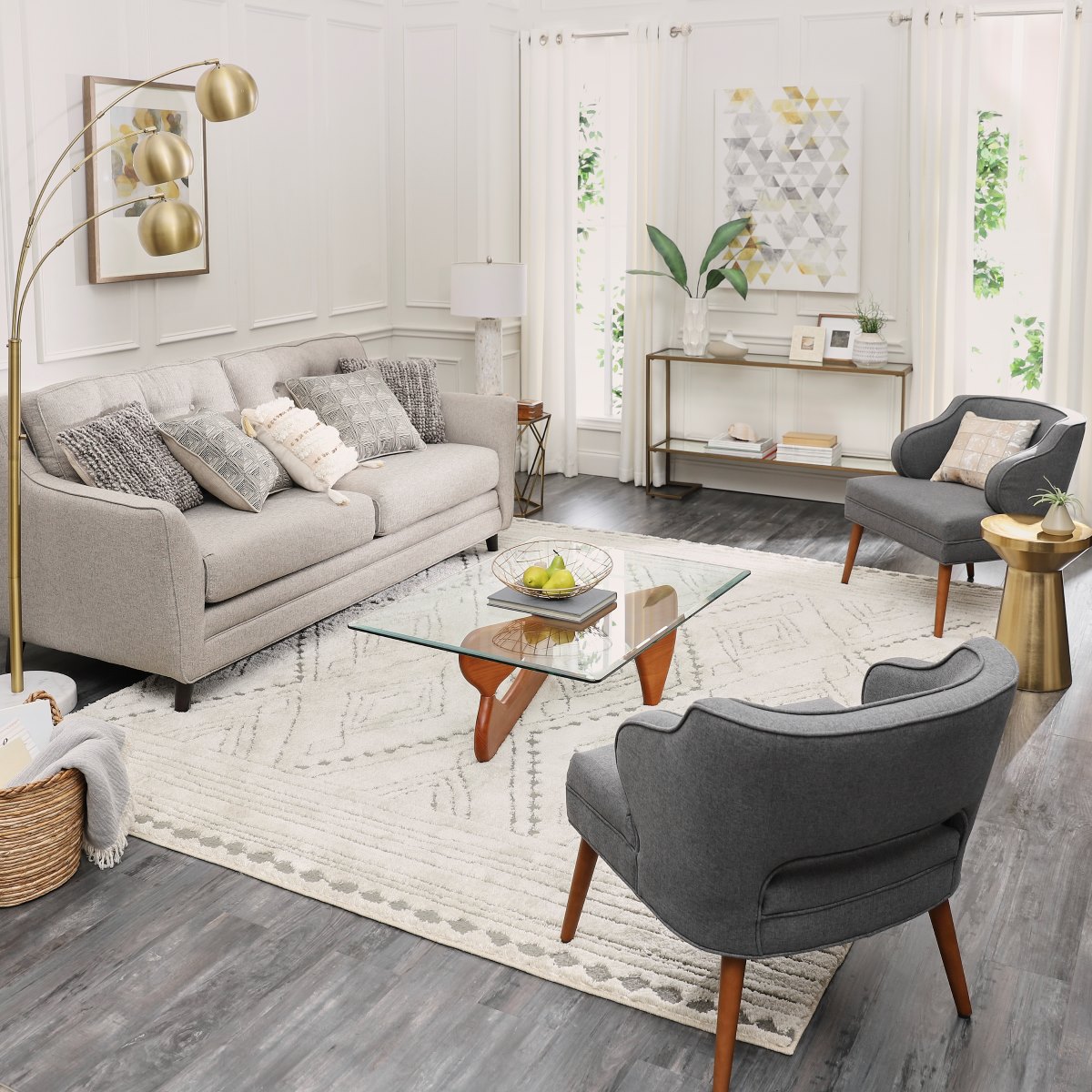
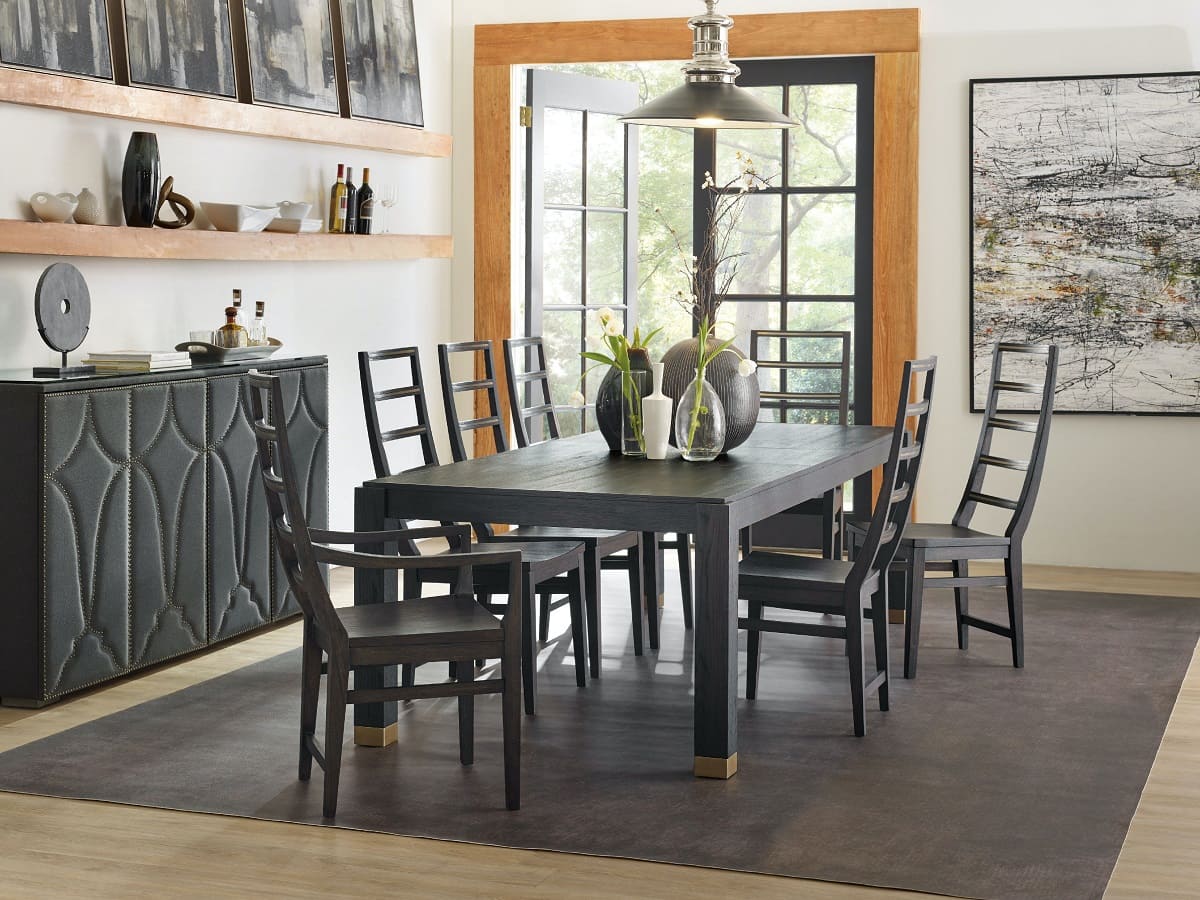


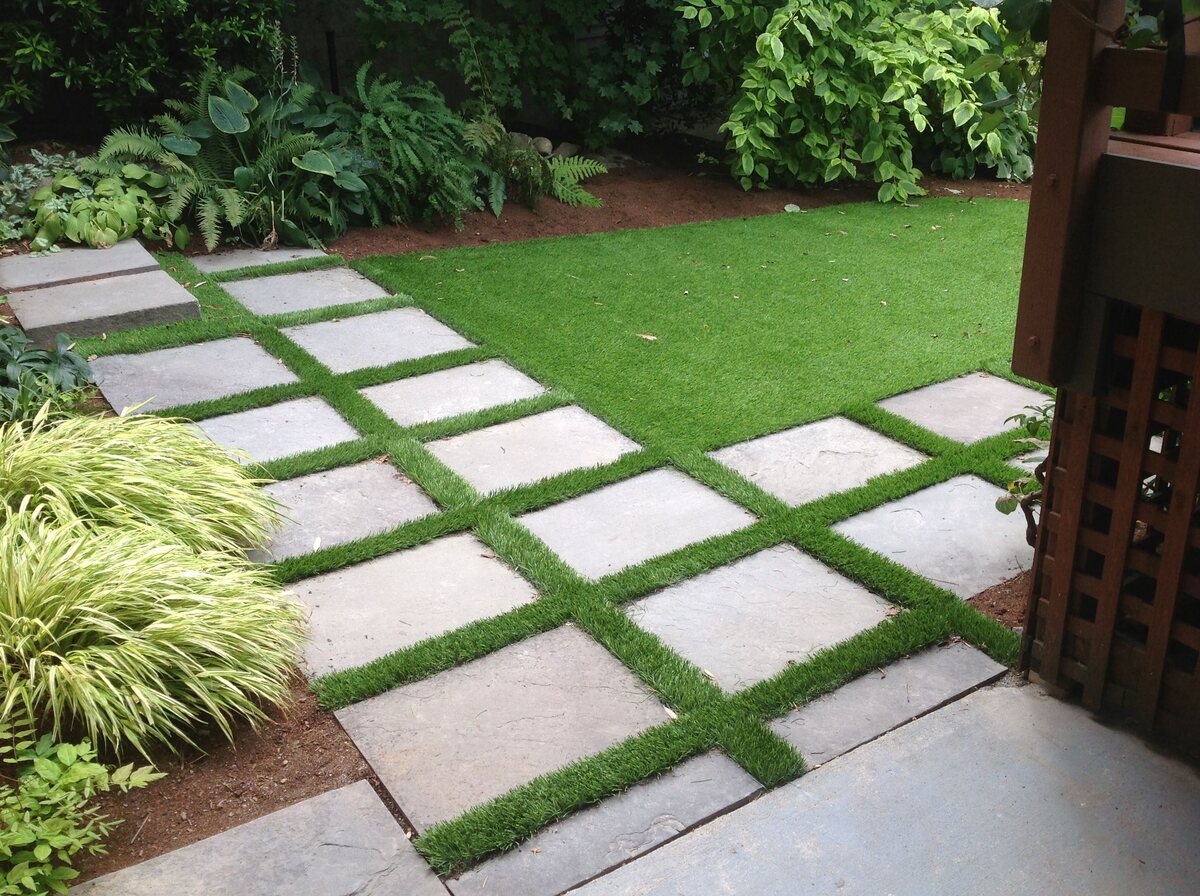



0 thoughts on “How To Place Kitchen Rugs”